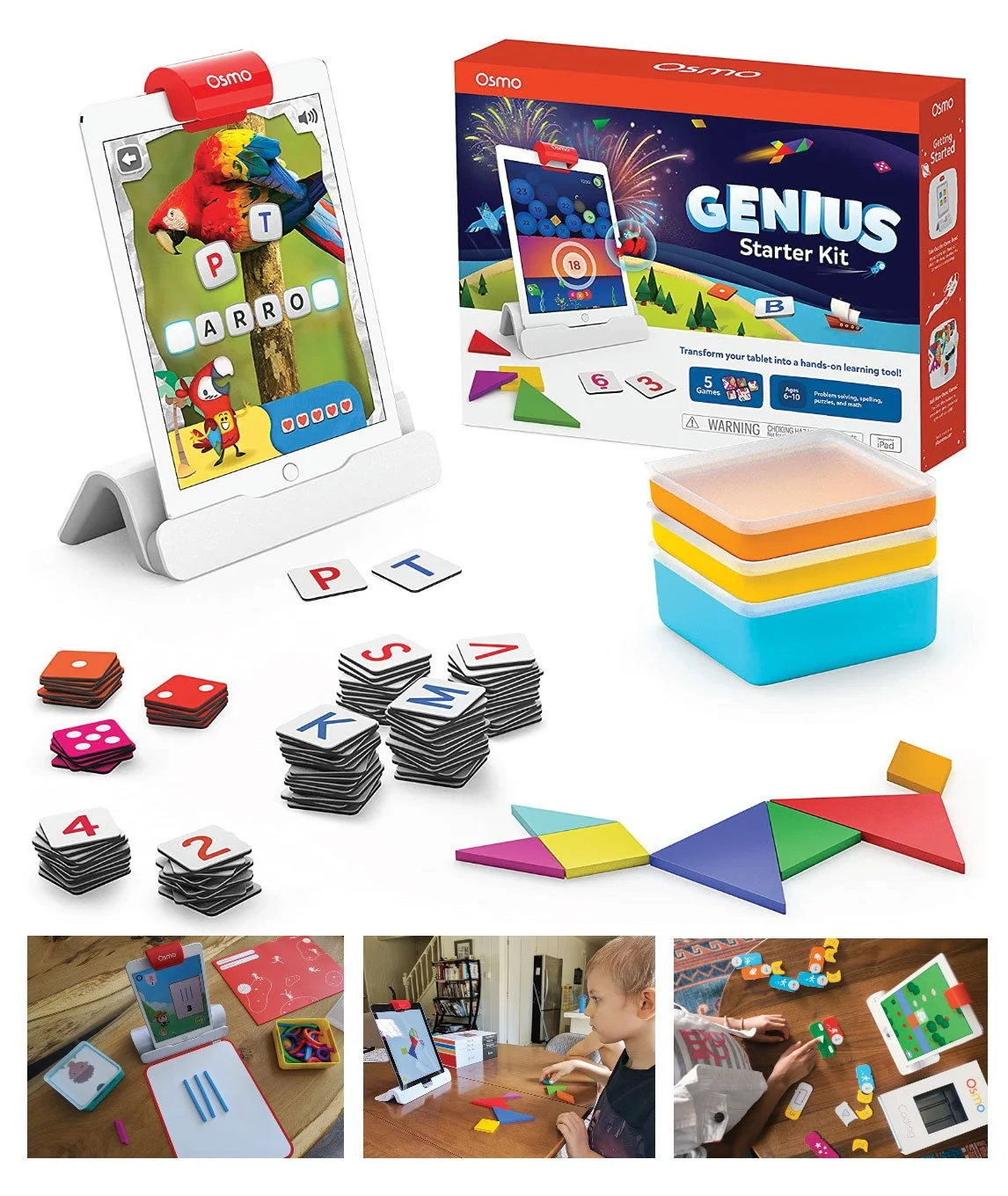Farmoland
2021 | George Brown College Year End Show Exhibition Award Winner (2022)
UI Design | UX Research | Visual Design
This individual project, developed during the COVID-19 pandemic, involved creating a farm-themed interactive app for children as part of my school curriculum. The process included extensive research, the development of a moodboard, and the creation of a user manual and user journey. The project culminated in a prototype that combines physical cards with digital gameplay, offering a unique and engaging experience for young users.
Tools:
Adobe Photoshop | Adobe Illustrator | Figma | Miro Board
CHALLENGES
Developing this farm-themed interactive game during the COVID-19 pandemic presented several challenges. The primary obstacle was integrating physical and digital components in a way that could be seamlessly demonstrated online. Finding and utilizing the right technology to create an engaging hybrid game was another significant hurdle. Additionally, devising scenarios that effectively merged these elements required careful planning and innovation to ensure a cohesive and functional user experience.
PRECEDENT STUDY
The first step of my research involved a precedent study focusing on Connect 4 and Osmo, both of which inspired me. Connect 4, designed by Howard Wexler and Ned Strongin, is a classic strategy board game that enhances strategic thinking and problem-solving skills for players aged 6 and up. Osmo, created in 2013, combines digital and physical play to engage children aged 3-11 in educational activities, fostering learning in a fun and interactive way. These two games provided valuable insights for my project.
DESIGN THINKING
CRAZY 8
In my research, I utilized the Crazy 8 method, an ideation technique where you sketch eight different ideas in eight frames. This process helps in quickly exploring a wide range of concepts. Initially, I completed the first Crazy 8 session, sketching out my initial design ideas on paper. After reflecting on these ideas and identifying areas for improvement, I conducted another Crazy 8 session, making adjustments and refining my designs. This iterative process allowed me to enhance and develop my concepts more effectively.
MOODBOARD
The moodboard for this interactive game project is organized into six distinct categories—Users, Story, Purpose, Technology & Material (Cards), Technology & Material (Board), and Cards Design. Each category was carefully selected to address different aspects crucial for developing an engaging game aimed at children, ensuring a comprehensive approach to design and functionality.
USER MANUAL MAP
INTERVIEWS
To ensure the game meets the needs of various user groups, I conducted interviews with three individuals who have children. These conversations helped gauge the game's suitability across a diverse range of parental perspectives and children's ages. This approach allowed me to tailor the game to effectively engage and educate the intended age group, enhancing its relevance and appeal.
DESIRED PERSONA
This persona, Andrew, was developed to reflect a key demographic for the project—tech-savvy parents interested in educational and interactive experiences for their children. Creating Andrew helped tailor the product design to meet the specific needs of users who prioritize technology, education, and family bonding, ensuring the game is both engaging and valuable for them.
USER JOURNEY BASE ON THE PERSONA
HOW THE GAME WORKS
Start by downloading the Farmo Land app from the Google Play or Apple App Store and create an account for your child. The kit contains both digital "Farmo cards" within the app and physical "Marko cards" with NFC technology, available for purchase. Players begin with Farmo 1 and unlock new lands by completing tasks, using a combination of digital and NFC-enabled physical cards to solve puzzles. Each land and card introduces new challenges that combine learning with fun, fostering problem-solving skills through engaging, farm-themed tasks.
FINAL PRODUCT
(Feel free to interact with the prototype)
More Projects




























